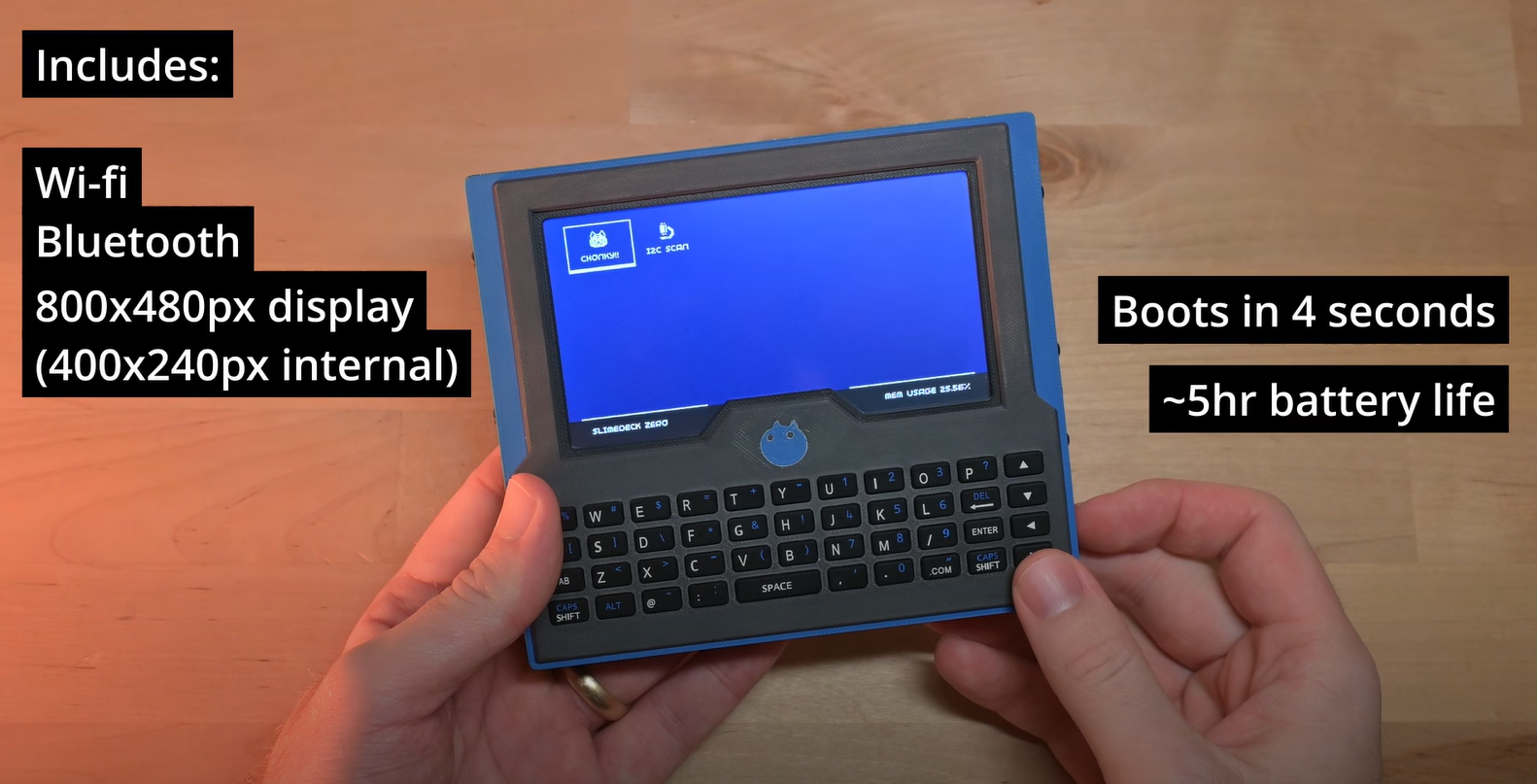
The iPhone 16e seems sure to go down in tech history as a pocket-sized example of feature creep, in which a development team keeps adding more and more fancy tech to the point they undermine the product’s value.It packs a better chip and better screen than we were expecting, but what’s the point? The iPhone SE 3, officially known as the iPhone SE (3rd Generation), came out on March 18, 2022 as a mid-priced phone that also served the Apple-faithful and Apple-curious who bemoaned that iPhone screens were growing too large to comfortably use.Then we got our official glimpse of the newest iPhone when Apple announced it on Wednesday, February 19.
The first major surprise was that the SE moniker was dead. Apple’s new tiny, budget iPhone would henceforth be known as the iPhone 16e, and it wasn’t very tiny at all. And come to think of it, it wasn’t very budget, either.

a lot more expensiveThe iPhone SE 3’s retail price started at $430, and a major selling point of the iPhone SE was that you could have Apple’s it-just-works slickness and intuitive iOS ecosystem for...
not cheap, but cheaper than the high price of entry that even base-level iPhones require.I thought (what we now know is called) the iPhone 16e would target the $400-500 price bracket that all three previous generations of the iPhone SE occupied, and boy, was I wrong. The iPhone 16e jacks up the entry-level price to $599.
It’s no longer a budget smartphone.look at all that screen — credit: appleIt is a higher-spec phone than the mid-budget iPhone SE family ever was, but is it needed? An iPhone 16 is only $200 more. Once you’re that close in cost, you may as well spring for the iPhone 16.
For that extra $200, you gain dual camera lenses (it adds a 12 megapixel ultra-wide), macro photography, sweet Dynamic Island, faster MagSafe wireless charging, cinematic video mode, faster Wi-Fi 7 (versus the iPhone 16e’s Wi-Fi 6), and spatial photos.so long, smaller-screen iphoneAside from price, the iPhone SE’s other major calling card was its smaller screen size. As smartphones get bigger and bigger, people with hands on the small side are left behind juggling a handheld device that doesn’t quite fit in their hand, at least not comfortably or ergonomically.
The iPhone SE 3’s screen measures 4.7 inches, and the case’s overall dimensions measure 5.45 by 2.
65 inches, with a thickness of 0.29 inch. Next to the iPhone 16e’s 5.
78 by 2.82 inches, and a thickness of 0.31 inch, it’s functionally identical.
Not only that, but the iPhone 16e packs a much larger screen, at 6.1 inches.All good, right? More screen for roughly the same overall size.
But it’s not only the overall size of the device that frustrates folks with smaller hands. It’s also the reach across the screen to type and swipe their way through apps, and so that far larger screen on the iPhone 16e presents the same, familiar size problem as the standard iPhone 16 and iPhone 16 Pro do. Once again, there’s no iPhone option for people who value a smaller screen.
How do you like them Apples? Myself, I’m still trying to decide. The SE made a clear case for itself in the Apple lineup. It was quite different from the main lineup of iPhones and significantly cheaper.
The iPhone 16e is neither.It’s not budget enough to be a true successor to the SE, and it intrudes on the iPhone 16’s turf. The strongest case against the iPhone 16e is the iPhone 16 itself.
The post iPhone 16e Versus iPhone SE 3. How Much Did Apple’s ‘Budget’ iPhone Really Change? appeared first on VICE..















